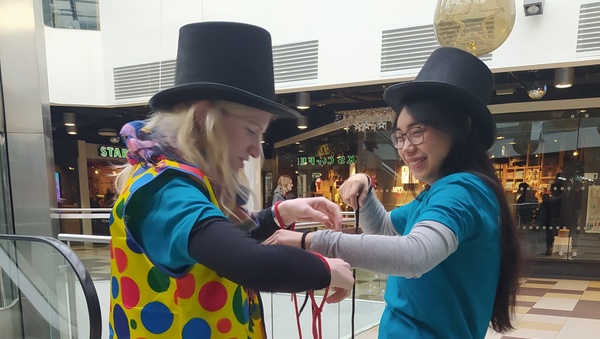DIY Bead & String Puzzle

We love a good brain teaser here at Maths Week Scotland, and in today's craft activity you can get hands on with your very own DIY bead & string puzzle. First you'll need to make it, then you'll need to solve it! You can get the kids involved in both parts. Trying to solve the puzzle will encourage logical thinking, as well as nurturing patience and fine motor skills.
Watch our short video, or scroll down for detailed written instructions.
Making the puzzle
You will need:
- a piece of cardboard, ca. 8cm x 16cm
- a pair of scissors
- a piece of string, ca. 40cm long
- a large bead

Start by making three holes in the cardboard, equidistant from each other.
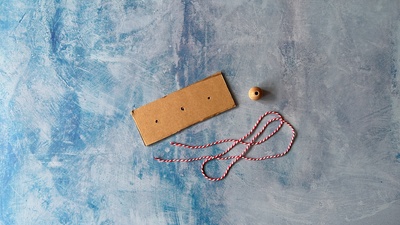
Then fold the string in half, push the end loop through the centre hole and the string ends through the loop.
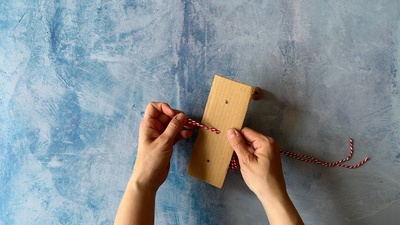
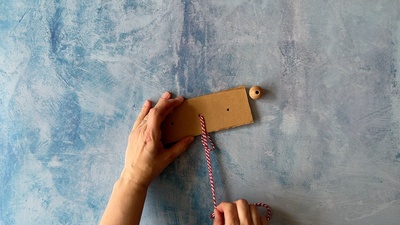
Thread the bead on to one end of the string.
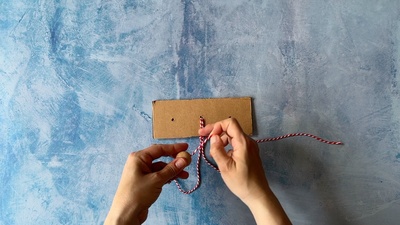
Finally, thread the ends of the string through the outer holes, and make a knot in the ends on the back of the cardboard.
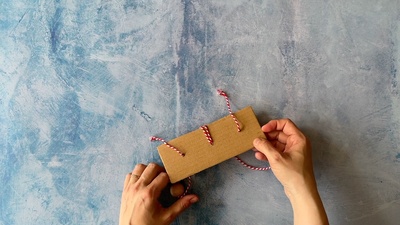
Solving the puzzle
To solve the puzzle, you need to move the bead from one side to the other.
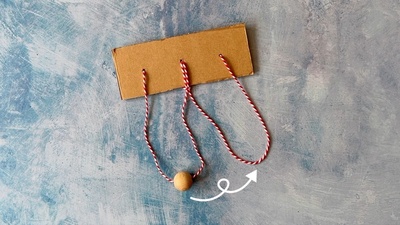
SPOILER ALERT! Don't scroll down unless you want the solution.
.
.
.
.
.
.
.
.
.
.
First, pull down the loop in the middle, and thread the bead through the loop.
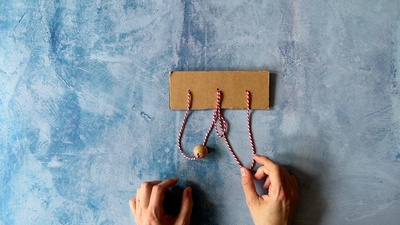
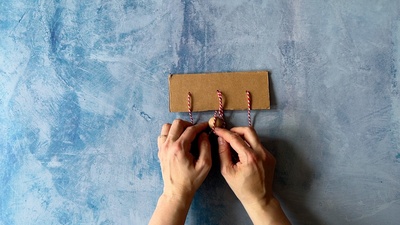
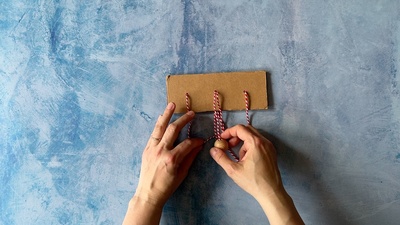
Then, grasp the two threads of string in front of the centre hole, and pull them forwards until the loop comes through the hole.
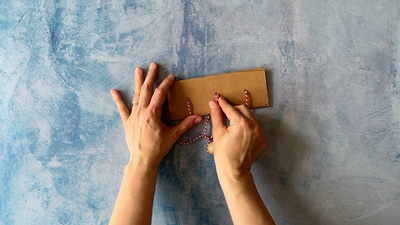
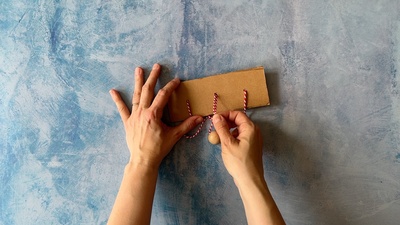
Now move the bead along the string and through the loop past the centre hole, then pull the loop from behind back through to the back.
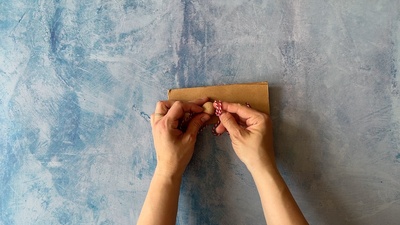
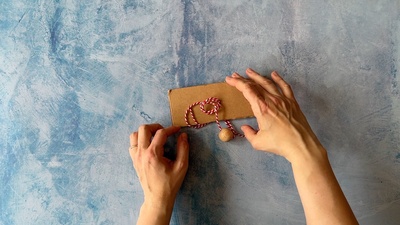
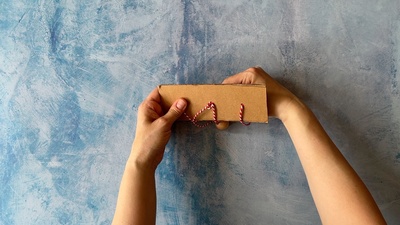
Finally, move the bead along the rest of the string to the other side, then straighten out the string. Done!
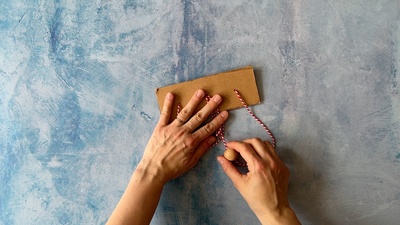
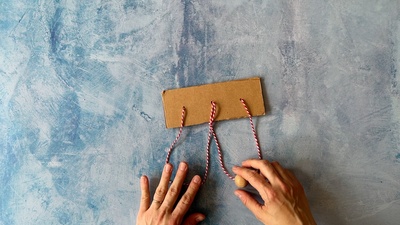
Latest News and Events
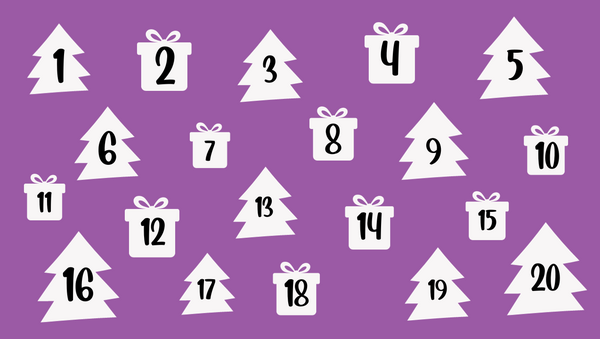
Pick & Mix Your Own Christmas Holiday Countdown
We've pulled together all our seasonal resources from the last three years, and thrown in a few new ones too, so that you can create your own Christmas Holiday Countdown depending on age, ability and preferences. With games, puzzles, art and craft activities to choose from, as well as our interactive puzzle mystery story.
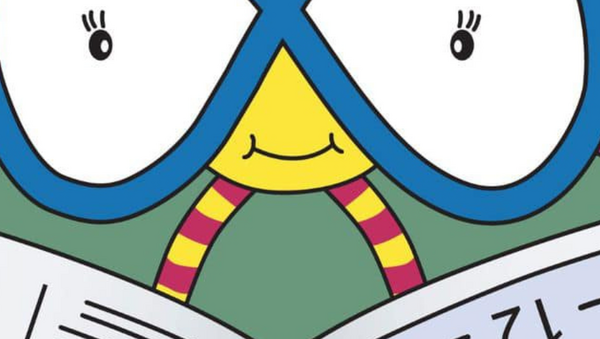
Maths Tales 2025 Winners
To celebrate Book Week Scotland, we are delighted to announce the finalists and winners of our Maths Tales 2025 story-writing competition, run in partnership with Read Write Count with The First Minister.
